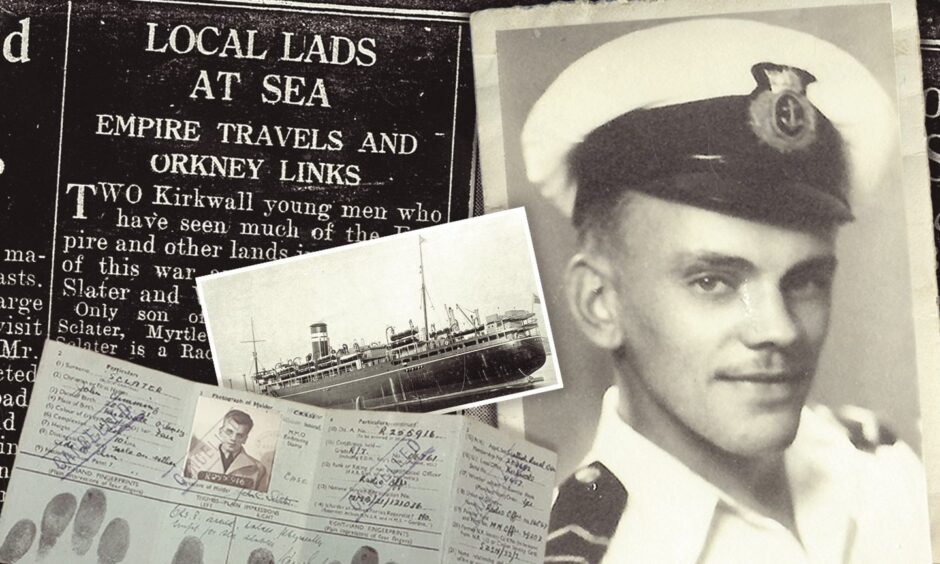
Elizabeth Copp is in the United States to watch the premiere tonight of a film which lifts the lid on one of the worst disasters in the history of naval warfare.
The Orcadian woman admits it wasn’t a straightforward decision to journey across the Atlantic with her sister, Eileen, for the unveiling of Rohna Classified: a documentary which exposes a tragedy 80 years ago which claimed more than 1,000 lives.
It was a story that remained untold for more than half a century after the end of the Second World War. And although Elizabeth knew her father, John Sclater, had served in the Merchant Navy as a wireless officer and been involved in the conflict, he never spoke about his experiences other than in the vaguest terms.
So it was with a sense of mounting horror and astonishment that she and Eileen discovered a cache of letters from her late dad while they were clearing their parents’ house in Orkney after the death of their mother in 1998.
John put the disaster to the back of his mind
These revealed that John had been among the survivors from the sinking of the HMT Rohna in the Bay of Bougie in the Mediterranean in 1943.
The 22-year-old Orcadian endured unimaginable privations, following the destruction of the vessel, which led to between 1,130 and 1,150 young men being killed and more than 800 others fighting for their lives, even as they were strafed mercilessly by German planes while they were in oil-soaked water.
Yet Elizabeth recalls that, having had a narrow escape, he was grateful to be alive and somehow managed to push these awful events to the back of his mind and get on with life in Kirkwall when he returned home.
He loved his family, was a keen gardener and photographer, and was committed to his community.
However, those who survived were threatened with court martial if they revealed any details about it and the censorship went so far that the Rohna’s fate was covered up, to the extent that journalists in the 1960s were refused access to the files.
Now, though, a documentary has been produced about the incident by US film director Jack Ballo, who believes: “It’s time to tell the truth” about the sickening events which remained shrouded in mystery for decades.
No Thanksgiving celebrations
It was on November 25 – America’s Thanksgiving Day – that the British troopship sailed from Algeria, en route to Bombay, via the Suez Canal.
But should she still have been in service at all? As an elderly passenger ship, Rohna was only designed to carry 100 to 200 people, but on this voyage, it had a crew of 195 Australian and British officers and Indian seamen and no fewer than 2,193 military men who were squashed together like sardines in cramped and unsanitary conditions.
Despite being part of a larger convoy, they were suddenly targeted the following day by 35 German Heinkel planes from southern France, armed with two Henschel 293 guided bombs, the latest offensive technology pioneered by the Luftwaffe.
There was a sickening inevitability about the consequences when one of these formidable H293 missiles struck the Rohna on the port side, exploded in the engine room, and blew a massive hole in the starboard.
Fifteen minutes after the bomb struck, the ship was slipping out from under the men’s feet. Nevertheless, the gunners aboard Rohna continued to fire at the remaining German aircraft until the list became so pronounced their guns were rendered useless.
Boats ‘swamped’ by men
Chaos reigned amid the hellish pandemonium with some survivors later revealing the grievous extent of the injuries and criticising the inadequate equipment which led to a number of lifeboats and rafts being unusable.
John’s report said simply: “I went aft to see about my own boat, No 10, but it was impossible to lower it as the plate had been blown out at right angles to the hull.
“The boats which did get into the water were almost immediately swamped by the number of men who boarded them.”
It was a grim tableau, but the death toll would have been even worse if it hadn’t been for the efforts of the rescue vessels in the area – including the United States Navy minesweeper Pioneer, the British corvette Holcombe, the tug Mindful, the freighter Clan Campbell and the destroyer Atherstone.
The shortest stay in the water for survivors was approximately 15 minutes, the longest around 11 and a half hours. But these crews refused to give up their endeavours.
Carlton Jackson, the author of the coruscating book Allied Secret: The Sinking of the HMT Rohna, wrote: ‘Throughout the long night, men struggled in the water, and personnel on the rescue vessels became obsessed with rescuing them. None wanted to leave the area until every survivor was safely in their hands.”
Sadly, amid the carnage, more than 800 GIs simply disappeared forever.
John was thrown in the deep end
John was among those who were pulled from the water and he was convinced the Rohna had been torpedoed, such was the speed with which the vessel was torn apart in the conflagration and the confusion it caused.
He had done his training at Aberdeen Wireless College in 1941 when he was just 20, gaining his certificate in radiotelegraphy in October of that year, and subsequently joined the Merchant Navy.
He was posted to his first ship, the Dorington Court, just a month later and sent letters back to his parents in Orkney on a regular basis, but Elizabeth wasn’t aware of this correspondence until more than half a century later.
The story has gripped her ever since and she said: “While he was in the Merchant Navy, he wrote to his parents and to his sisters, Jean and Mardi.
“Obviously they were censored, but we did a lot of research into it and discovered that he had been on board the Rohna. I was horrified and, as the years have passed, I have tried to find out more information.”
She added: “I went to London in June, specifically to research the ports which Rohna had visited and to find out a bit more about my dad’s war, for he had said very little to the family.
‘I welled up in that room’
“So I booked a slot at the Guildhall Library which holds records of ships, and a slot later that same day at the Kew Archive, for I knew it held documents about my dad.
“It was at the Guildhall I found out that Rohna had supported Operation Husky, the Codename for the Sicily Landings, and had supported the campaign in North Africa.
“Then I went to Kew where security was extremely strict. After signing in, I was shown to a room off the library, given an envelope with my dad’s signature on the front and then locked in.
“I noticed that the date on the envelope was September 1958, and assumed that my dad had handed it in personally.
“Inside was an identity card dated February 10, 1944. When I opened it, there was my dad’s photo and his fingerprints from both hands. Alone in that locked room, I welled up, for seeing his fingerprints made it very personal.
Digging deep to learn the truth
“Quite why he handed in only one identity card and not all the documents relating to his time at sea, I don’t know. But I am very glad that he didn’t, for if he had, I wouldn’t have been taken on this journey of discovery.
“Finding his Continuous Certificate of Discharge when Eileen and I were clearing the family home in Kirkwall was my starting point, for it showed the ships he had sailed on.
“It was new to us because when it came to the war and especially his time on the Rohna, he just wouldn’t talk about it. Even after all this time, I’m not surprised.”
It was a cover-up on a grand scale and Elizabeth had to dig deep to learn the truth.
The German planes kept firing
Her father contracted Type 1 diabetes during the conflict and although he wanted to remain in the Navy, wasn’t healthy enough to continue. But he did play his trade in the family business, Norsaga Tweed, which sold the handwoven fabric all over the world, including sending supplies to the famous Brooks Brothers company in New York.
And, while Elizabeth has moved from Orkney to Keith in Moray, she, too, has been involved in correspondence with colleagues in America on a regular basis since she started delving into the history of the doomed Rohna.
Even at this stage, she can’t comprehend some aspects of the manner in which the vessel was reduced to a burned-out shell in such a short period or how the German forces could have maintained their attack in the midst of the maelstrom.
Commemoration of lives lost long overdue
She said: “I read the book by Carlton Jackson and it brought home to me just what these men went through.
“It was ghastly, because they were all young lads, and so many died in horrific circumstances. I understand that in war, both sides are striving to destroy the other, but I can’t get past the fact that when the ship had been sunk, and all these poor souls were in the water, the planes kept attacking them.
“I mean, how could you do that to other human beings? You can’t gloss over what we are capable of, but I try not to become angry about it.
“It’s more a case that I am shocked, not only that so many people died on the Rohna, but also at how long we simply didn’t know it had even happened.”
It is undeniable there were concerted efforts by both British and American authorities to airbrush it out of history. Yet Elizabeth believes it’s long overdue for the 1,000-plus men who died and their family and friends to have their sacrifice commemorated.
As she concluded: “Surely the blame must lie with those in the Ministry of Defence and War Ministry who decided that 2,000 men heading for Bombay – which was a long journey – could board a ship that was built for 200.
“My dad died in 1976 from lung cancer when he was only 55 and I had no idea what he had experienced during the war.
We need to ensure people don’t forget
“But he wasn’t the only Scot on board. I know there was a lad from Peterhead called James Alexander Welsh (a 35-year-old engineer) and he was killed.
“And there were others (including William McGowan from Glasgow, who was with the Royal Army Medical Corps).
“We are still discovering things about Rohna, even though this is something that took place 80 years ago. I think we have to ensure that people don’t forget these men sacrificed themselves for the Allies and the scale of the losses was truly tragic.”
Elizabeth and Eileen are aware that watching the film at its New Jersey screening will not be easy. But they feel strongly that the story, however belatedly, must be told.
Visit rohnaclassified.com for more details.
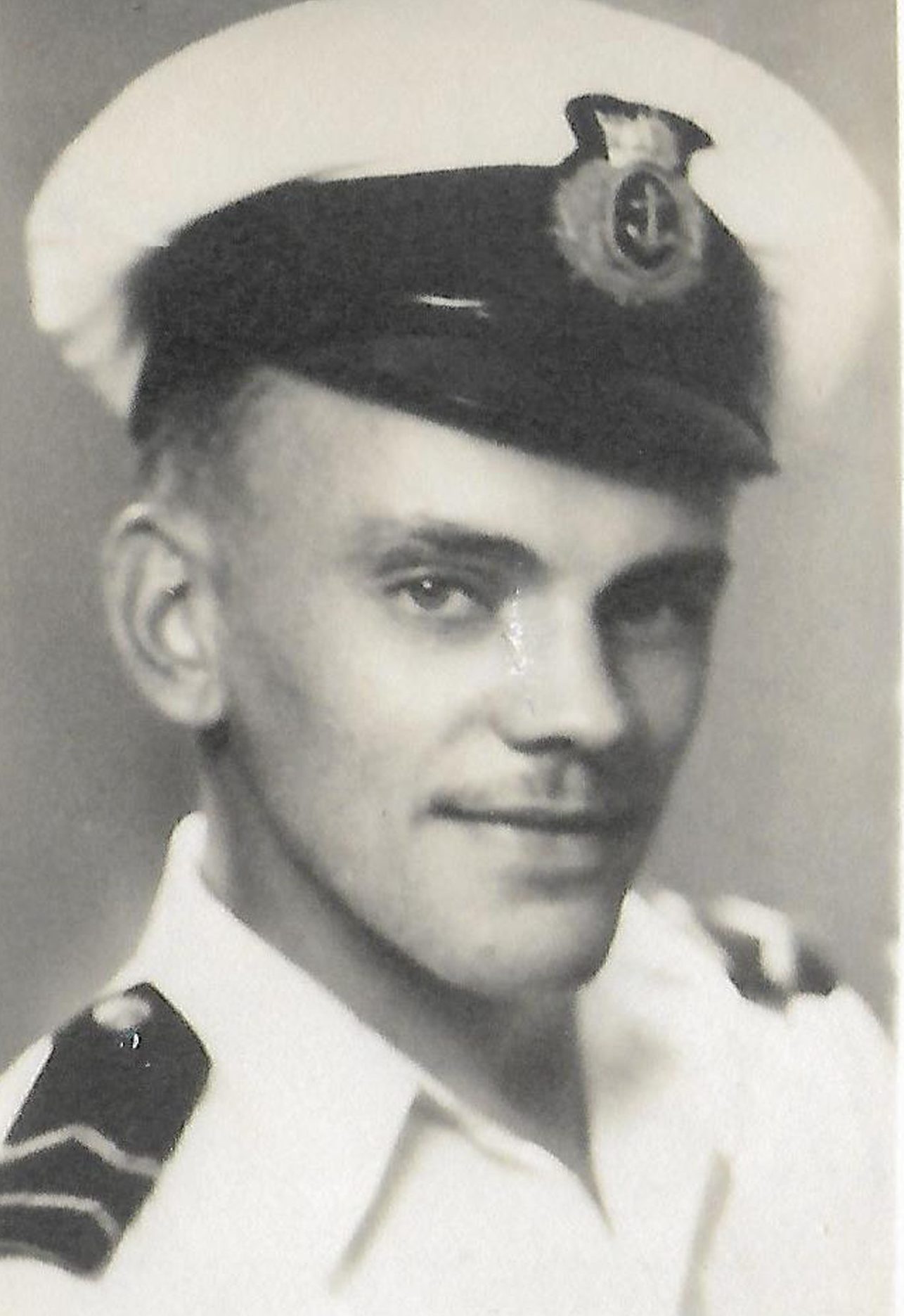
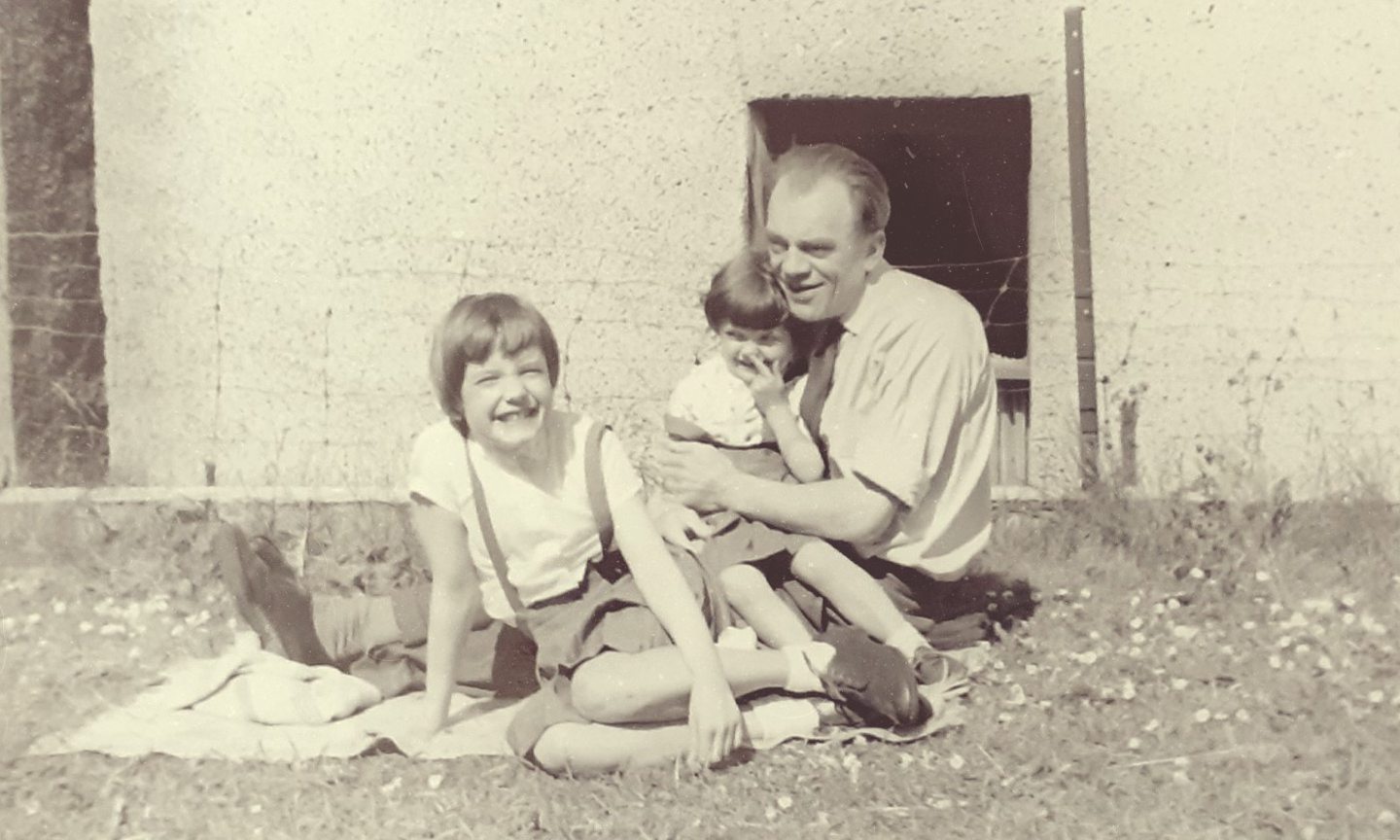

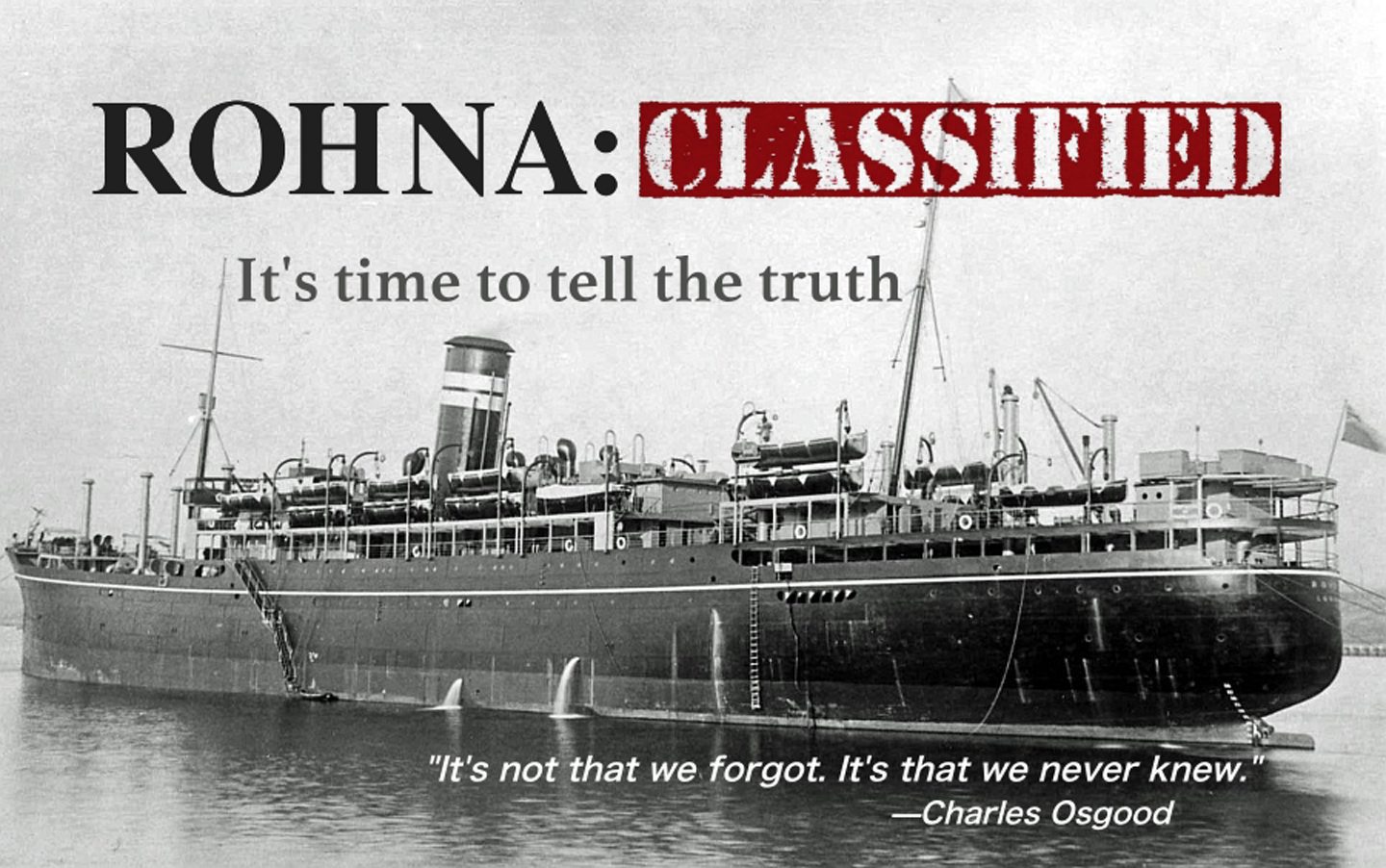


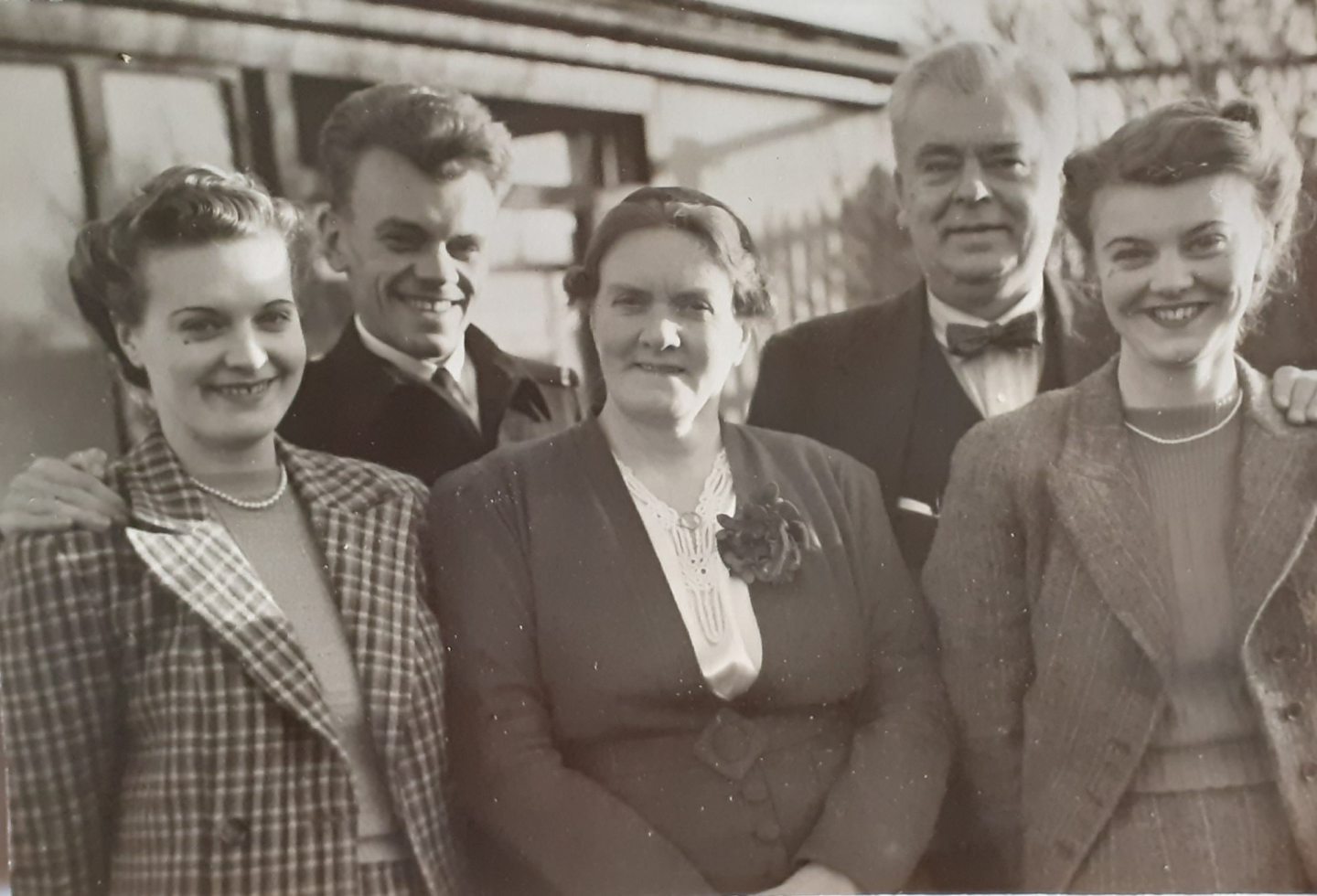
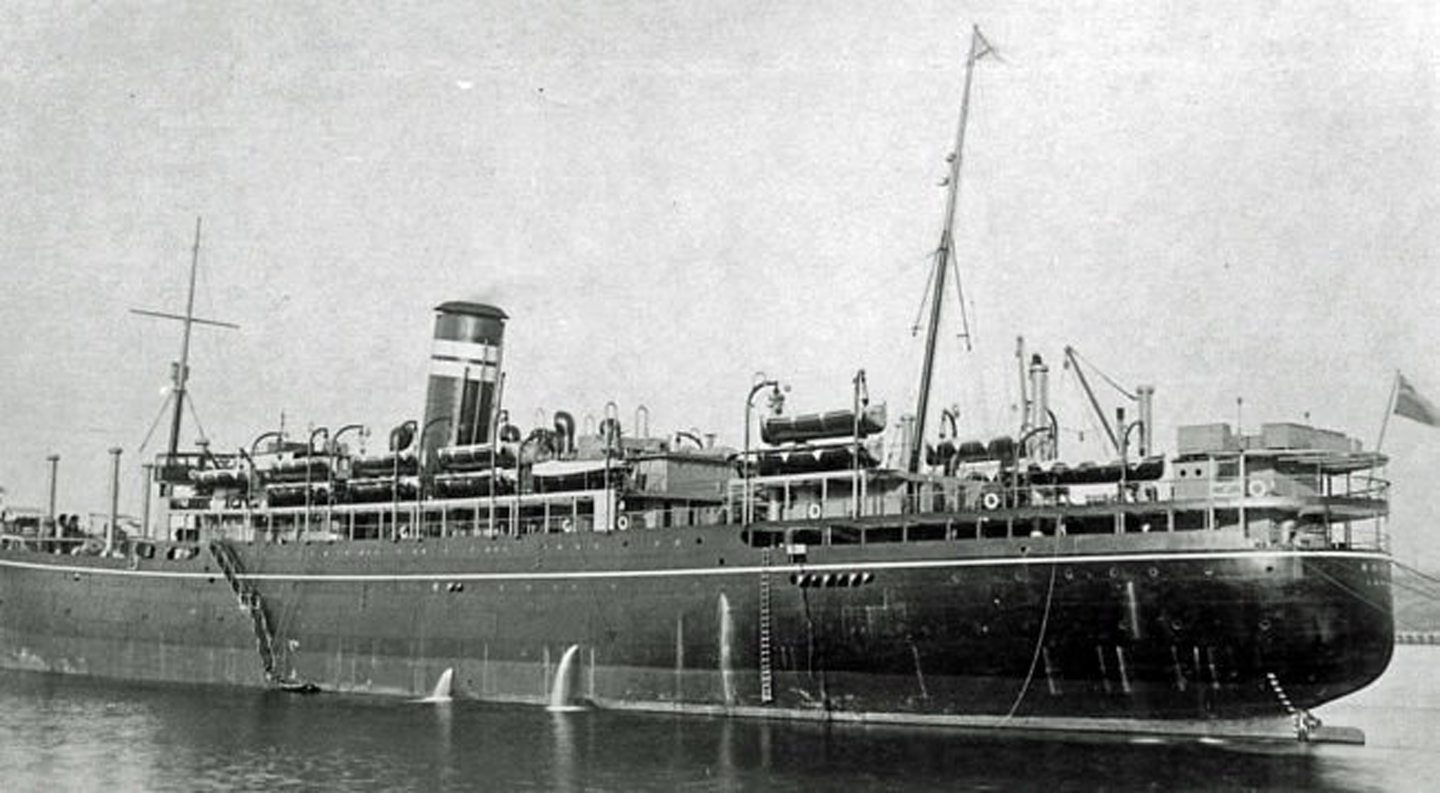
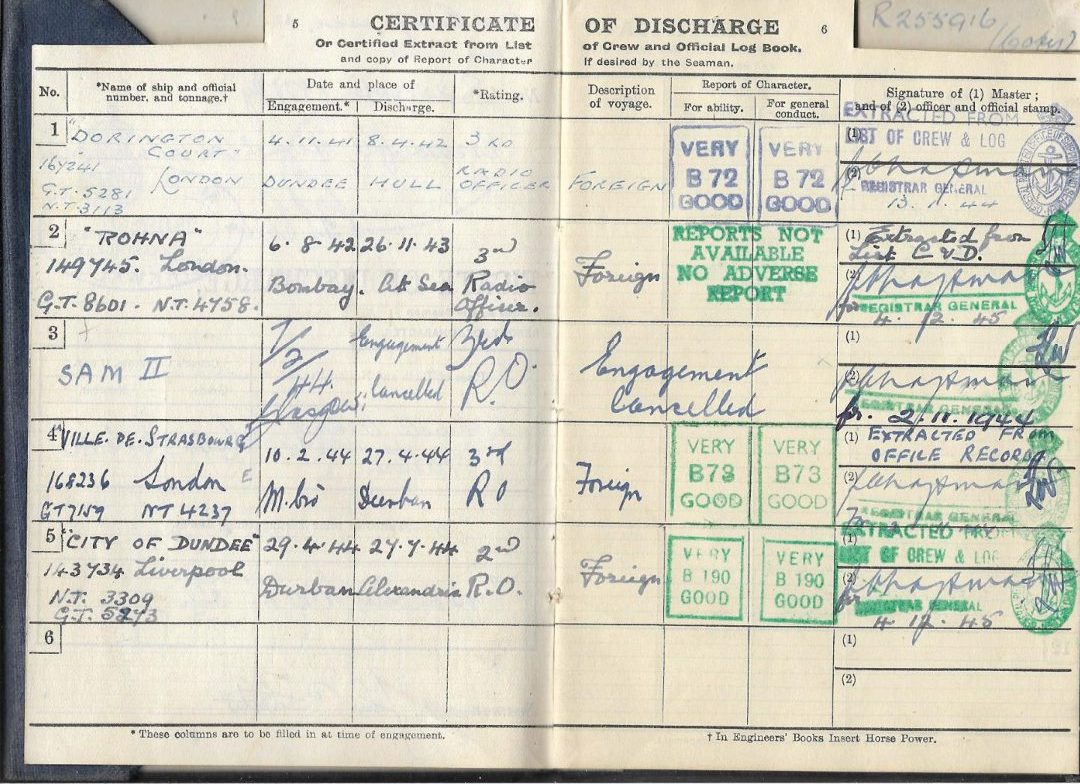
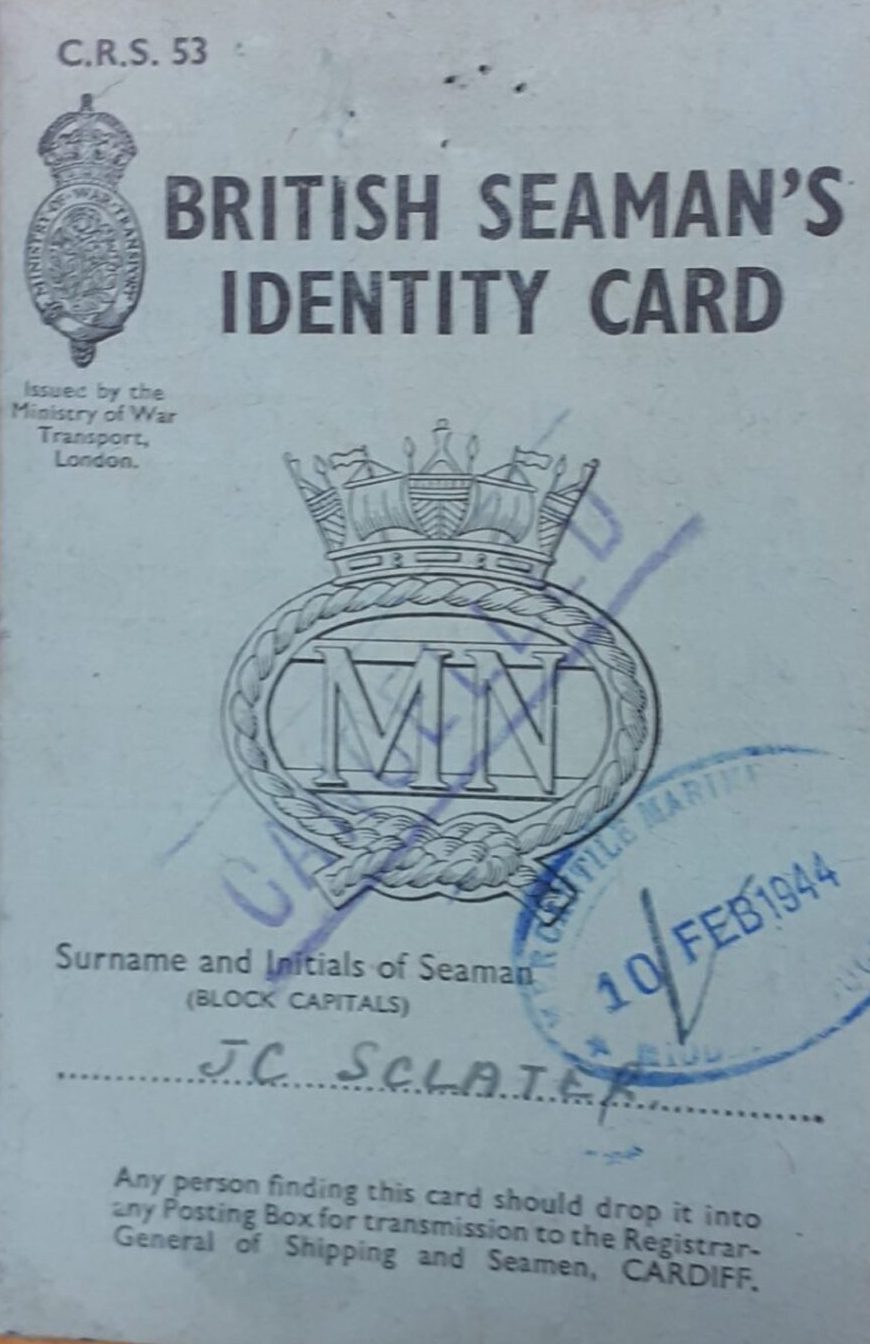

Conversation